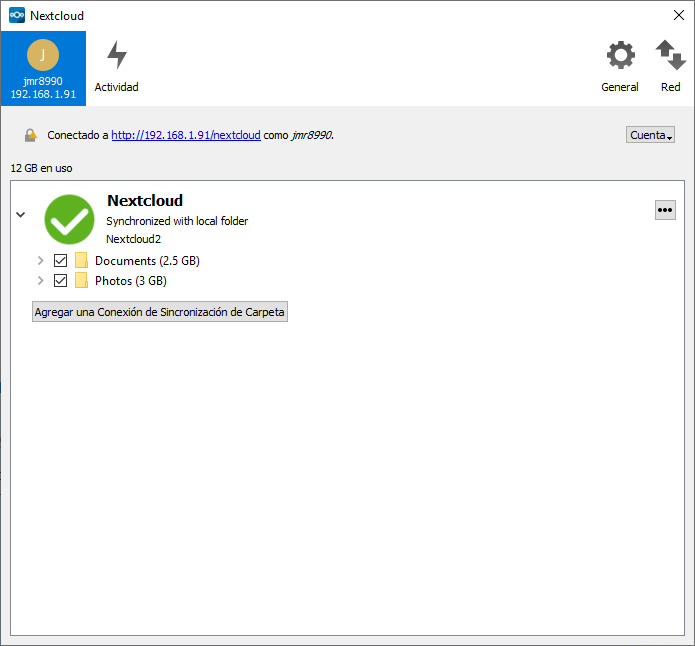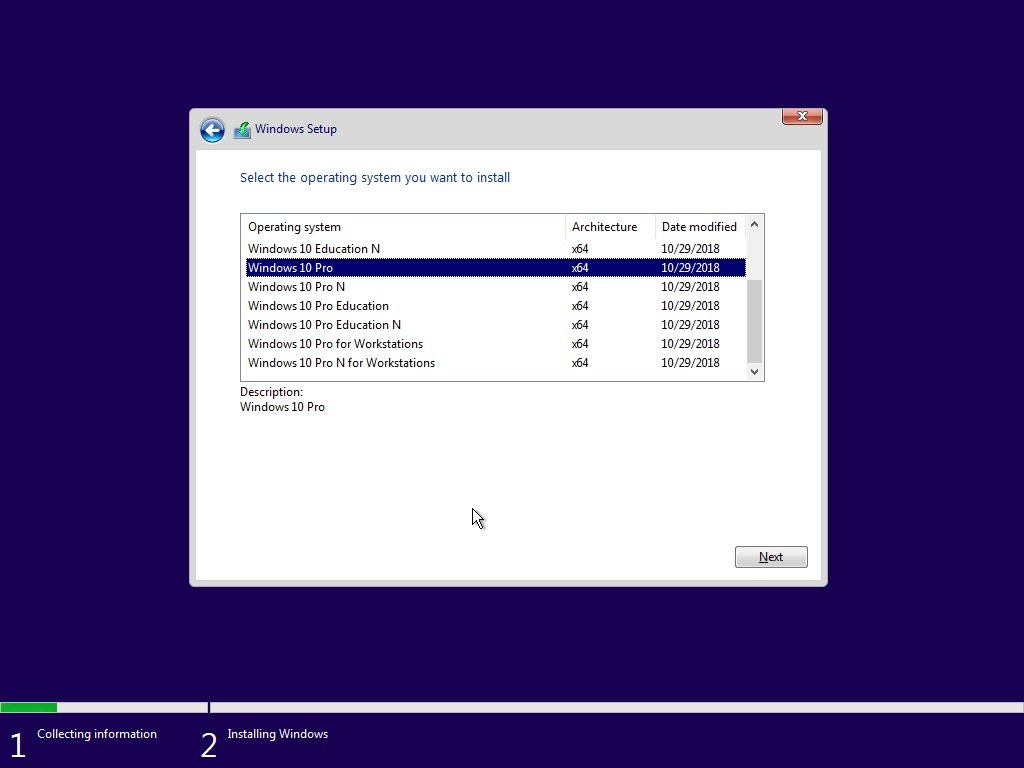Windows 10 Show File Size In Mb
- Windows 10 Show File Size In Mb Kb
- Windows Explorer Size In Mb
- Windows 10 Show File Size In Mb
- File Size In Mb
Some applications create empty 0-byte files in their data folders and fail to clear them up. Over time, if you're seeing many zero-byte files in a folder hierarchy, here are some methods to find all those 0-byte files and delete them. Find and/or delete empty (0 byte) files in Windows. My goal would seem simple: to have the file size in a column displayed in kilobytes. After some tries, this seems to work: =tc.size.kbytes The only minor issue is that it won't display the abbreviation of the unit anymore. So it will say something like: 23.543 instead of 23.543 kB So I changed the value to: =tc.size.kbytes kB. In the search field, type size:500MB to see all files greater than 500 MB. Similarly, use size:1GB to find all files greater than 1 GB. Finally, to find out all files with more than 1 GB but less than 5 GB (you can set any size), simply type size:500MB. When converting NTFS to FAT32 it is important to determine which files are over the 4GB limit. Though Windows explorer allows searching 'size:4GB', I prefer having a text-output of results. Indeed, Windows 10 still has the INT32 CLI and BATCH limit 2^31.
How to find the size of a file
In Windows, we can use dir command to get the file size.
But there is no option/switch to print only the file size.
Get size for all the files in a directory
Dir command accepts wild cards. We can use ‘*” to get the file sizes for all the files in a directory.
We can also get size for files of certain type. For example, to get file size for mp3 files, we can run the command ‘dir *.mp3‘.
The above command prints file modified time also. To print only the file name and size we can run the below command from a batch file.
Windows 10 Show File Size In Mb Kb
Save the above commands to a text file, say filesize.bat, and run it from command prompt.
Windows Explorer Size In Mb

Get directory size
Windows 10 Show File Size In Mb

There’s no Windows built in command to find directory size. But there is a tool called diruse.exe which can be used to get folder size. This tool is part of XP support tools. This command can be used to get directory size. This command’s syntax is given below.

As you can see in the above example, diruse prints the directory size in bytes and it also prints the number of files in the directory(it counts the number of files in the sub folders also)
To get the directory size in mega bytes we can add /M switch.

File Size In Mb
Though the tool is intended for XP and Server 2003, I have observed that it works on Windows 7 also. The above examples were indeed from a Windows 7 computer.
